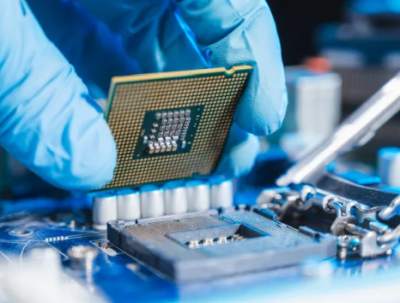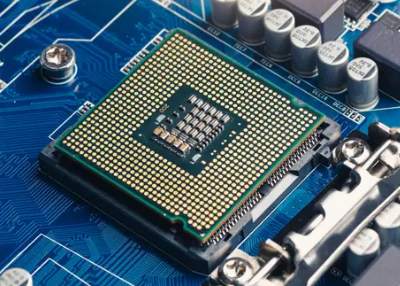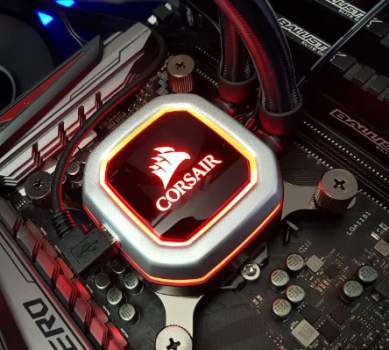What is a CPU?

What is a CPU?
The CPU is the core component that defines a computing device, and while it is of critical importance, the CPU can only function alongside other hardware. The silicon chip sits in a special socket located on the main circuit board (motherboard or mainboard) inside the device. It is separate from the memory, which is where information is temporarily stored. It is also separate from the graphics card or graphics chip, which renders the video and 3D graphics that are displayed on your screen.
CPUs are made by arranging billions of microscopic transistors onto a single computer chip. These transistors enable the CPU to perform the computations necessary for executing programs stored in your system’s memory. Functioning as tiny switches, they alternate between on and off states, conveying the binary ones and zeros that underlie all your actions on the device, whether it’s watching videos or composing an email.

What does a CPU actually do?
At its core, a CPU takes instructions from a program or application and performs a calculation. This process breaks down into three key stages: fetch, decode and execute. A CPU fetches the instruction from RAM, decodes what the instruction actually is, and then executes the instruction using relevant parts of the CPU.
The executed instruction, or calculation, can involve basic arithmetic, comparing numbers, performing a function, or moving numbers around in memory. Since everything in a computing device is represented by numbers, you can think of the CPU as a calculator that runs incredibly fast. The resulting workload might start up Windows, display a YouTube video, or calculate compound interest in a spreadsheet.

CPU Technologies
Today’s modern CPU consists of multiple cores that allow it to perform multiple instructions at once, effectively cramming several CPUs on a single chip. Entry-level processors today have between two and four cores, while six to eight cores is more mainstream in gaming devices and PCs. High-end models can have anywhere up to 32 cores, and professional hardware can go beyond that.
Many processors also employ a technology called simultaneous multithreading. Imagine a single physical CPU core that can perform two lines of execution (threads) at once, thereby appearing as two “logical” cores on the operating system end. These virtual cores aren’t as powerful as physical cores because they share the same resources, but overall, they can help improve the CPU’s multitasking performance when running compatible software.
Clock speed is prominently advertised when you are looking at CPUs. This is the “gigahertz” (GHz) figure that effectively denotes how many instructions a CPU can handle per second, but that’s not the whole picture regarding performance. Clock speed mostly comes into play when comparing CPUs from the same product family or generation. When all else is the same, a faster clock speed means a faster processor. However, a 3GHz processor from 2010 will deliver less work than a 2GHz processor from 2020, due to the newer model’s more advanced underlying silicon.


